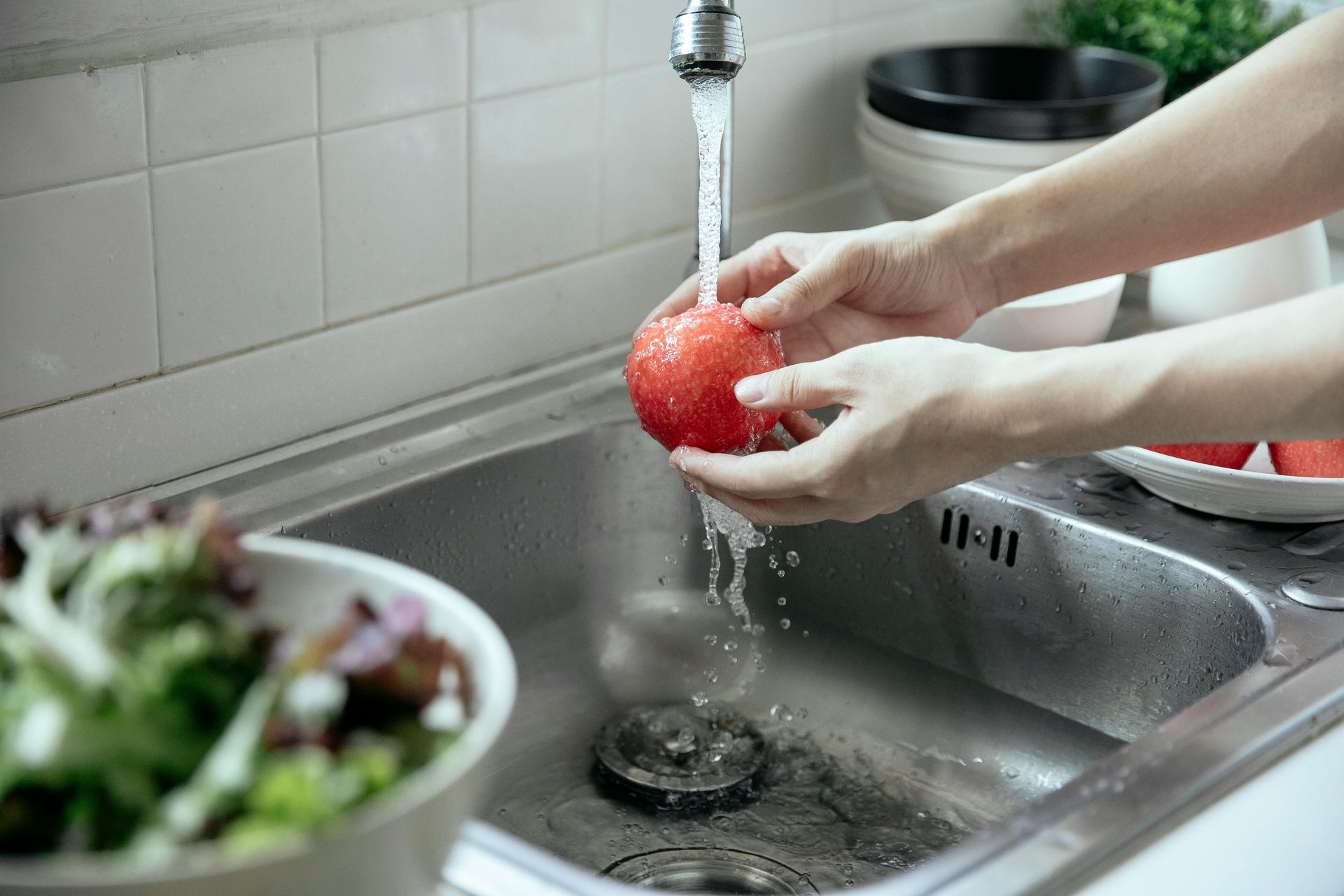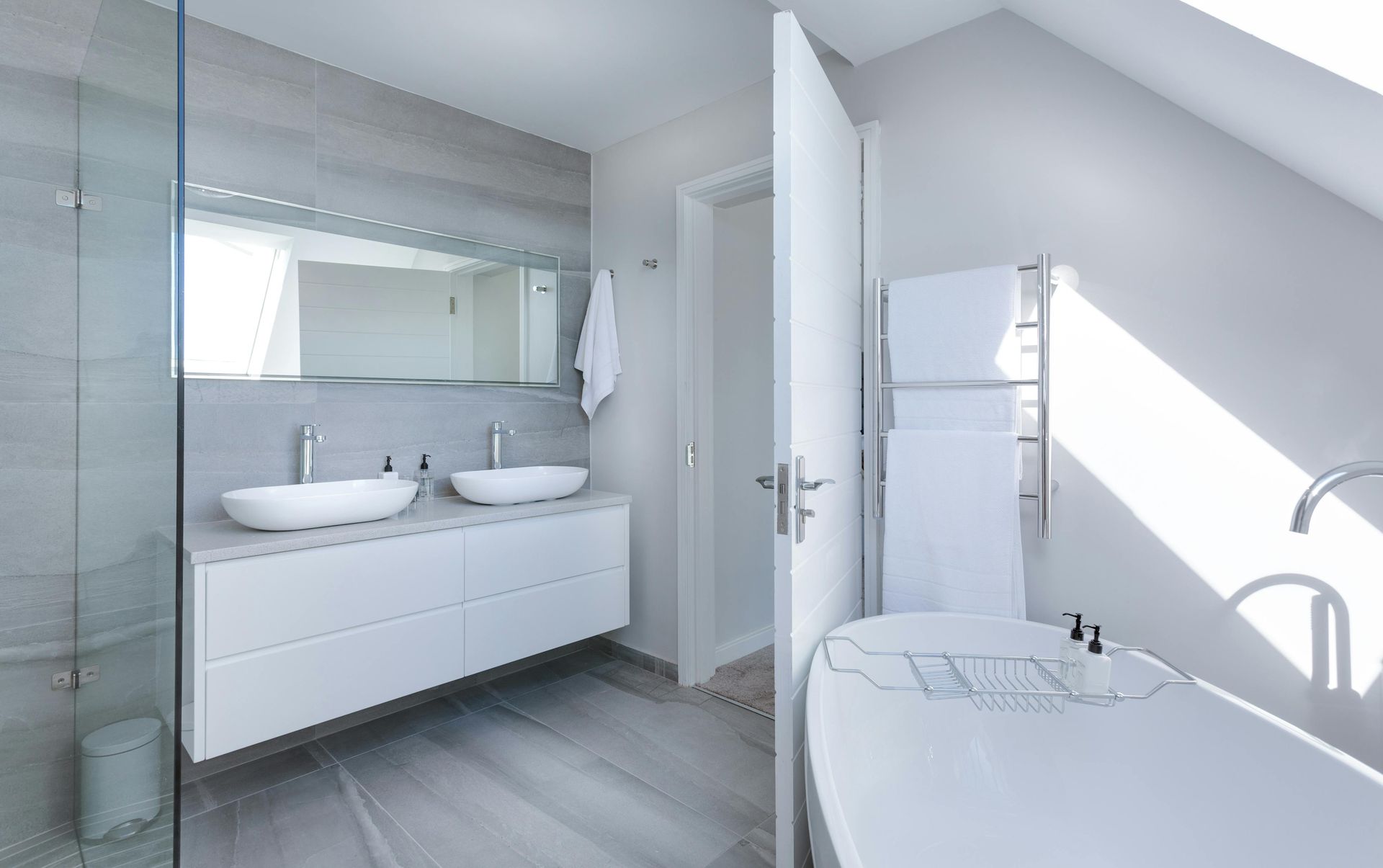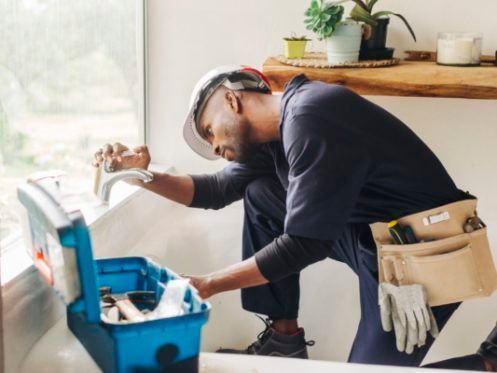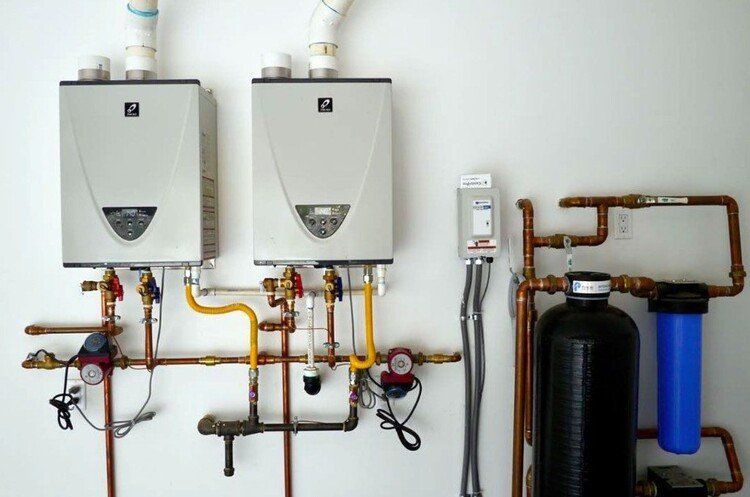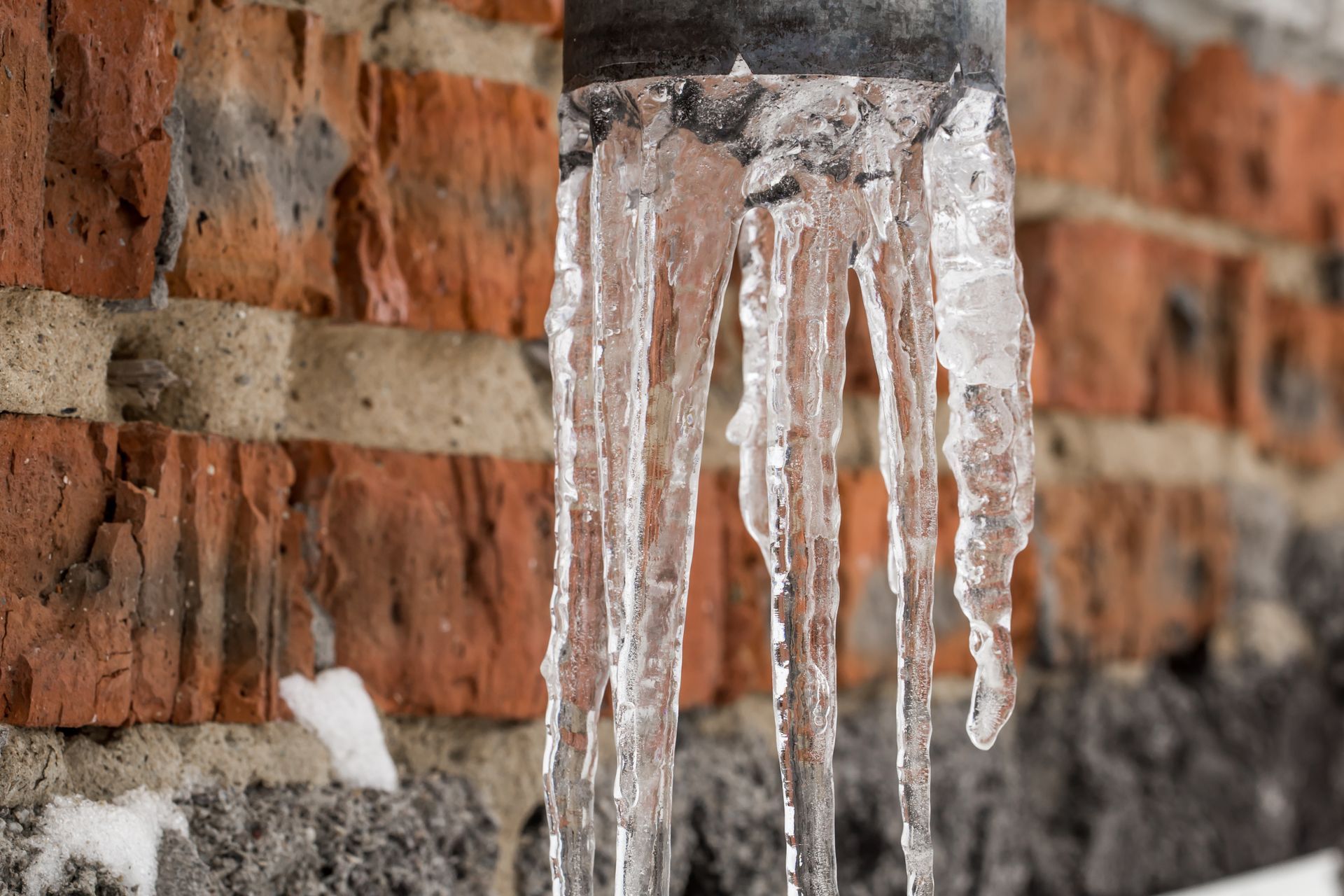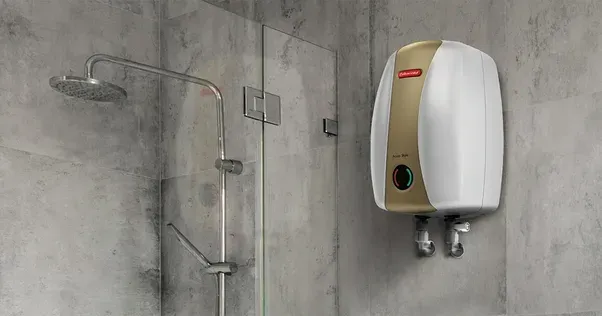How To Save Water With Low-Flow Fixtures & Appliances?
Water conservation has become an essential practice in modern households due to increasing environmental concerns and rising utility costs. One of the most effective and practical means to achieve significant water savings is through the installation and use of low-flow fixtures and appliances. These specially designed devices optimize water usage without sacrificing performance or comfort, making them an ideal choice for eco-conscious homeowners and businesses alike. This article offers a comprehensive discussion on the benefits of low-flow fixtures, practical guidance on selecting and installing them, and insights into how they contribute to sustainable water management.
Understanding Low-Flow Fixtures and Their Working Principles
Low-flow fixtures refer to plumbing devices such as faucets, showerheads, toilets, and appliances engineered to limit water flow rates. They achieve this by incorporating flow restrictors, aerators, pressure-assist systems, or dual-flush mechanisms that reduce water usage while maintaining adequate pressure for effective operation. For example, low-flow showerheads blend air with water to create a spray that feels full but uses less water per minute compared to standard models.
These fixtures are typically rated by gallons per minute (GPM) for faucets and showerheads, and gallons per flush (GPF) for toilets. Regulatory standards set maximum flow rates to define a fixture as low-flow, with the Environmental Protection Agency’s WaterSense label certifying products that meet specific efficiency and performance criteria. By upgrading to low-flow fixtures, households can reduce overall water consumption significantly, which also decreases the energy needed for heating water, providing dual savings on water and energy bills.
Benefits Beyond Water Conservation
Apart from reducing water usage, low-flow fixtures offer substantial financial benefits to homeowners. Lower water consumption directly translates into reduced monthly water bills, which can accumulate into considerable savings over time. Additionally, using less hot water reduces the demand on water heaters, cutting down energy consumption and prolonging the life of heating appliances. This is especially important when considering maintenance services such as sump pump repair and replacement, where reducing unnecessary water usage helps alleviate system strain.
Environmental benefits are equally impactful. Conserving water reduces stress on municipal water supplies and wastewater treatment facilities, helping preserve aquatic ecosystems and promoting community sustainability. The decreased energy footprints associated with heating less water contribute to lower greenhouse gas emissions, supporting broader climate action goals.
Moreover, outfitting homes or commercial properties with water-efficient fixtures can enhance property value and appeal. Many buyers and tenants prioritize sustainability features, making low-flow fixtures an attractive investment.
Selecting and Installing Low-Flow Fixtures
Choosing the right low-flow fixtures starts with assessing household water usage patterns. Toilets often represent the largest source of indoor water use, so replacing conventional models with water-efficient or dual-flush toilets yields the most significant savings. For sinks and showers, selecting WaterSense-labeled faucets and showerheads ensures compliance with efficiency standards and optimal performance.
Professional installation is crucial to maximize fixture benefits and maintain system integrity. Skilled plumbers, like those from All City Plumbers, not only install fixtures correctly but also inspect the existing plumbing infrastructure to ensure compatibility and address issues such as leaks or faulty valves. Proper installation aligns with a plumbing warranty and what it covers, securing homeowners against potential repair costs from improper fitting or early fixture failure.
Incorporating efficiency into broader plumbing infrastructure includes evaluating components like expansion tanks to manage pressure and reduce stress on fixtures and pipes, further extending system lifespan.
Conclusion
Adopting low-flow fixtures and appliances represents a practical, economically sound, and environmentally responsible strategy to conserve water and reduce energy consumption. These devices offer reliable performance while cutting down resource use, supporting sustainable living without sacrificing everyday comfort. The expertise of professional plumbers ensures that low-flow fixtures are selected, installed, and maintained according to best practices, protecting homeowners’ investments and aligning with warranty conditions.
As water conservation becomes increasingly imperative, integrating low-flow technologies serves as a foundational element in responsible home water management. Combining these efforts with routine plumbing maintenance, timely sump pump repair and replacement, and awareness of a plumbing warranty and what it covers provides homeowners peace of mind and contributes to a sustainable future.

